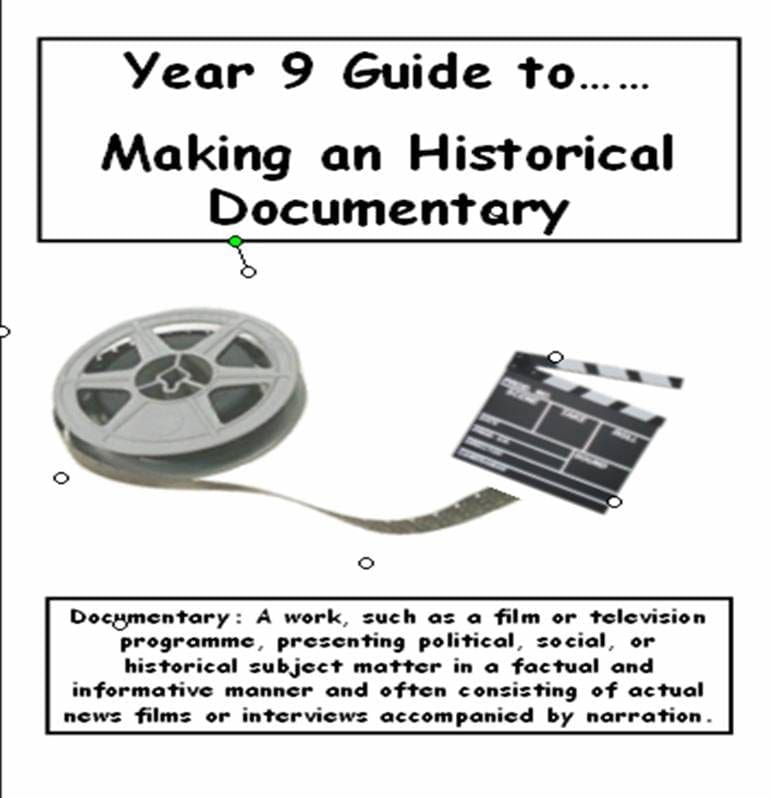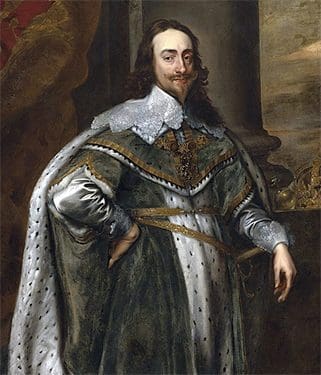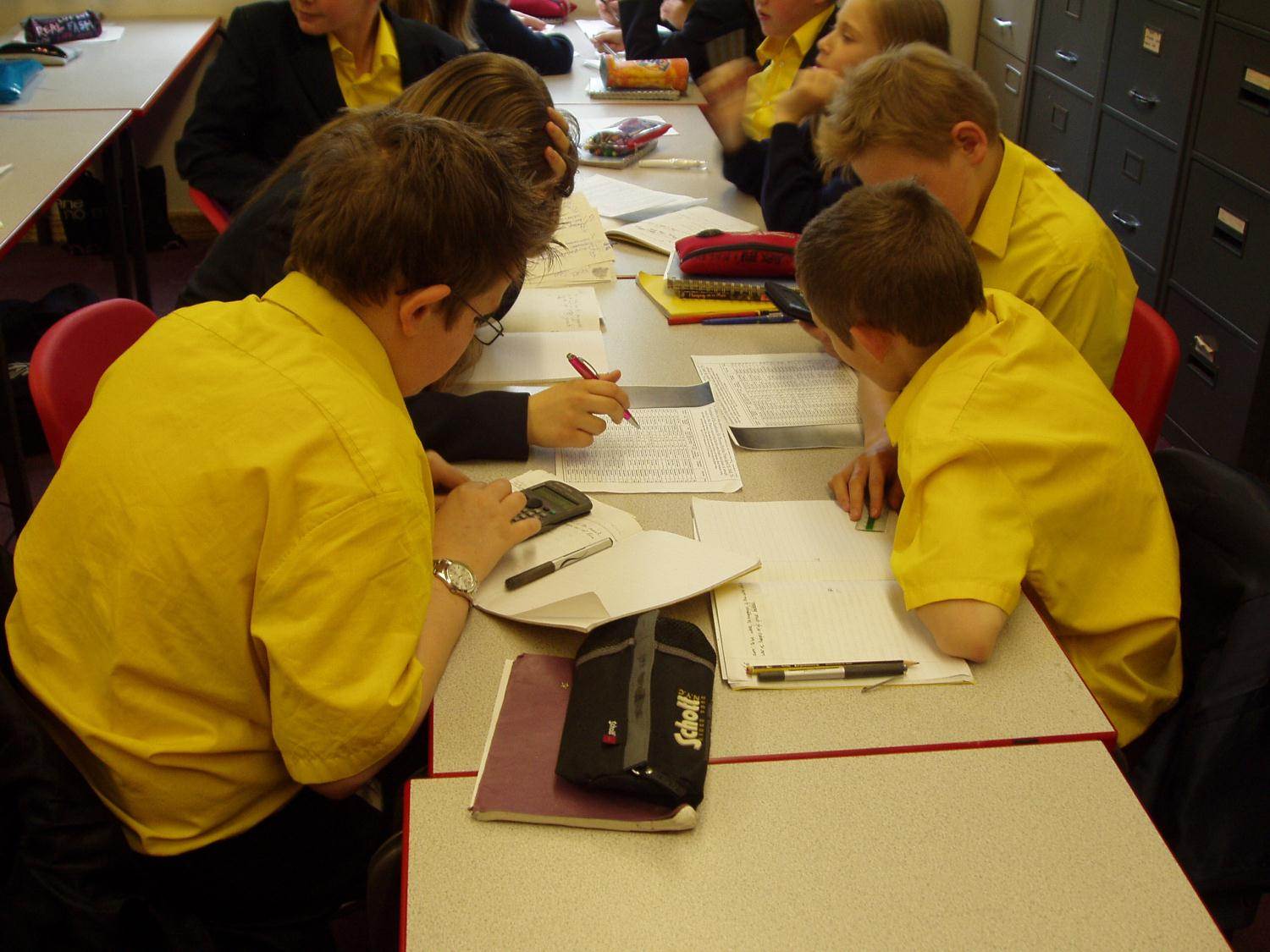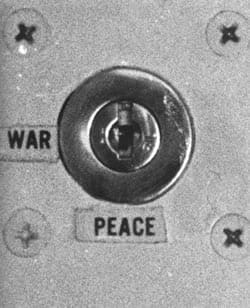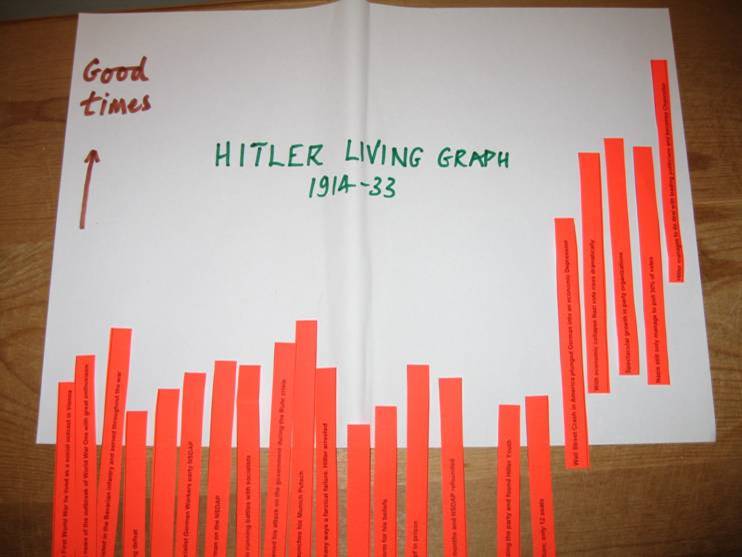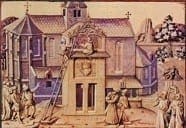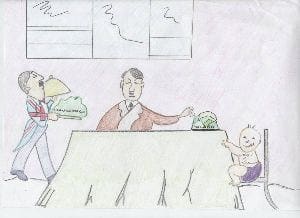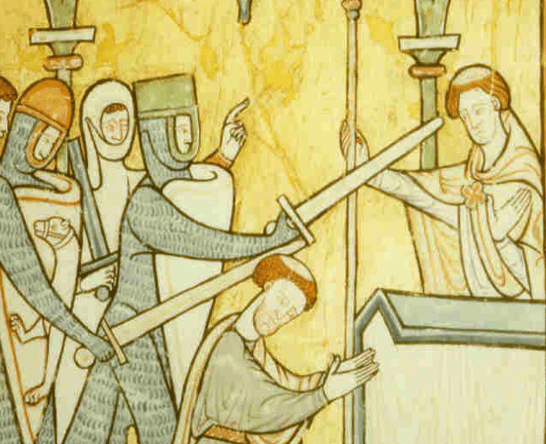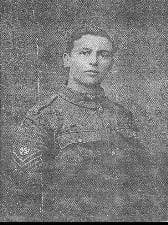
Over the last 20 years I have seen some outstanding individual lessons. Usually the lesson was so good because expectations were high, and the activities chosen were not only appropriate, they were also imaginative. It is impossible to be imaginative lesson-in, lesson-out in teaching. But lessons are usually more enjoyable for you and the students when they are. To help inspire you to even more imaginative lessons then, I offer you the product of my experience and have selected about 50 of the best activities that usually lead to high quality learning.
There is no system for arranging these activities other than alphabetically. One possible approach is to group them under the headings of Gardner’s multiple intelligences, largely because schools are familiar with them. Given the Institute of Education’s recent critical paper on this topic, I do not want to appear to give multiple intelligences special preferential treatment.
As you

